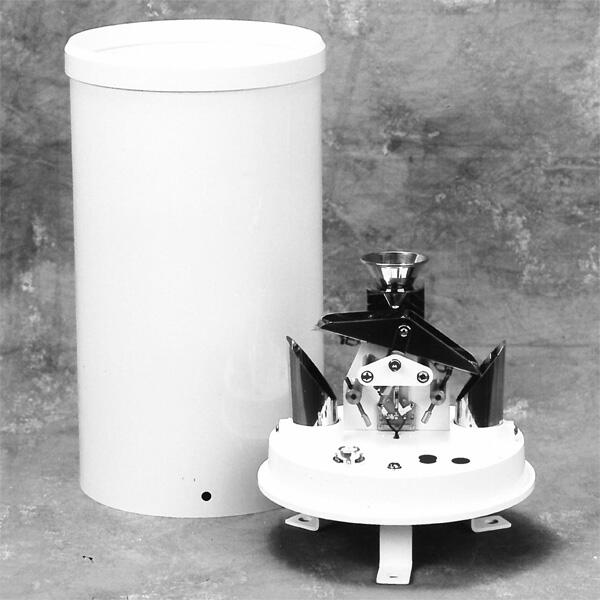
# Rain Gauge: A Device for Measuring Precipitation
## What is a Rain Gauge?
A rain gauge is a meteorological instrument used to measure the amount of liquid precipitation that falls over a specific area during a set period of time. These devices are essential tools for weather monitoring, agriculture, hydrology, and climate studies.
## Types of Rain Gauges
### Standard Rain Gauge
The most common type features a funnel that collects precipitation and directs it into a measuring tube. The narrow tube allows for more precise measurement of small amounts of rainfall.
### Tipping Bucket Rain Gauge
This electronic version uses a small seesaw-like container that tips when it fills with a specific amount of water (usually 0.01 inches). Each tip is recorded electronically.
### Weighing Rain Gauge
This type measures precipitation by weight, making it suitable for measuring all forms of precipitation including snow and hail.
## How Rain Gauges Work
Rain gauges operate on simple principles:
– Precipitation falls into the collector
– The collected water is measured either manually or automatically
– Measurements are typically recorded in millimeters or inches
– Data can be read immediately or recorded over time
## Importance of Rain Gauges
These instruments serve multiple important functions:
– Weather forecasting and monitoring
– Agricultural planning and irrigation management
– Flood prediction and water resource management
– Climate change research
– Urban planning and drainage system design
## Proper Placement of Rain Gauges
For accurate measurements, rain gauges should be:
– Placed in an open area away from obstructions
– Positioned at a standard height (usually 30 cm above ground)
– Located away from buildings, trees, and other structures that might block rain
– Regularly maintained and cleaned
## Historical Development
The first known rain gauge was invented in Korea during the Joseon Dynasty (1441). The modern version was developed in the 17th century by British scientist Christopher Wren.
## Modern Applications
Today’s rain gauges often incorporate digital technology:
– Wireless data transmission
– Integration with weather stations
– Remote monitoring capabilities
– Automated data logging
## Limitations
While useful, rain gauges have some limitations:
– They only measure precipitation at a single point
– Wind can affect measurement accuracy
– They require proper maintenance
– Snow measurement requires special adaptations
Rain gauges remain fundamental tools for understanding and measuring precipitation patterns that affect our daily lives and long-term environmental planning.
Keyword: rain gauge description